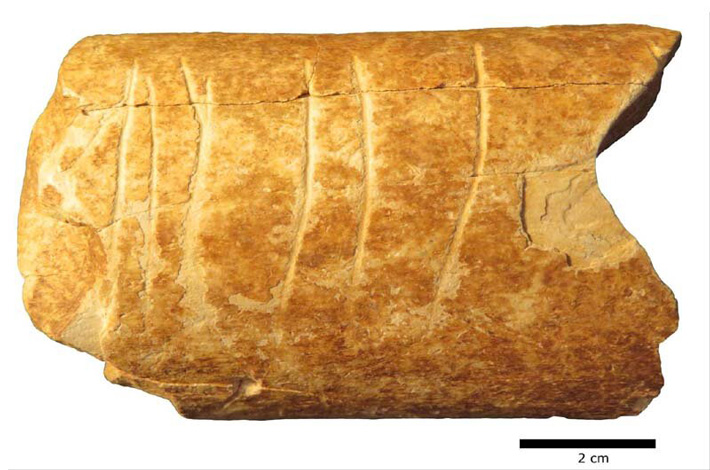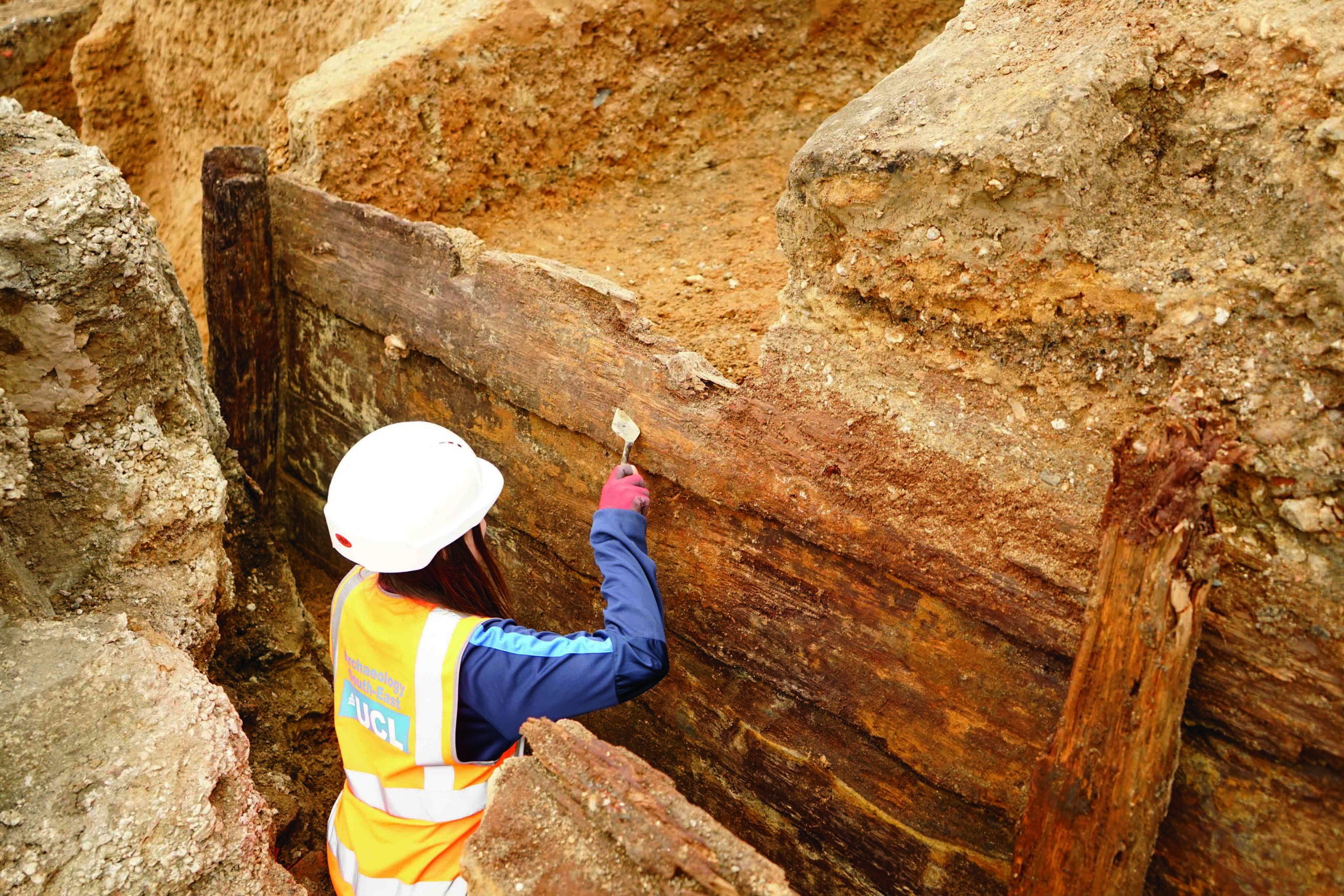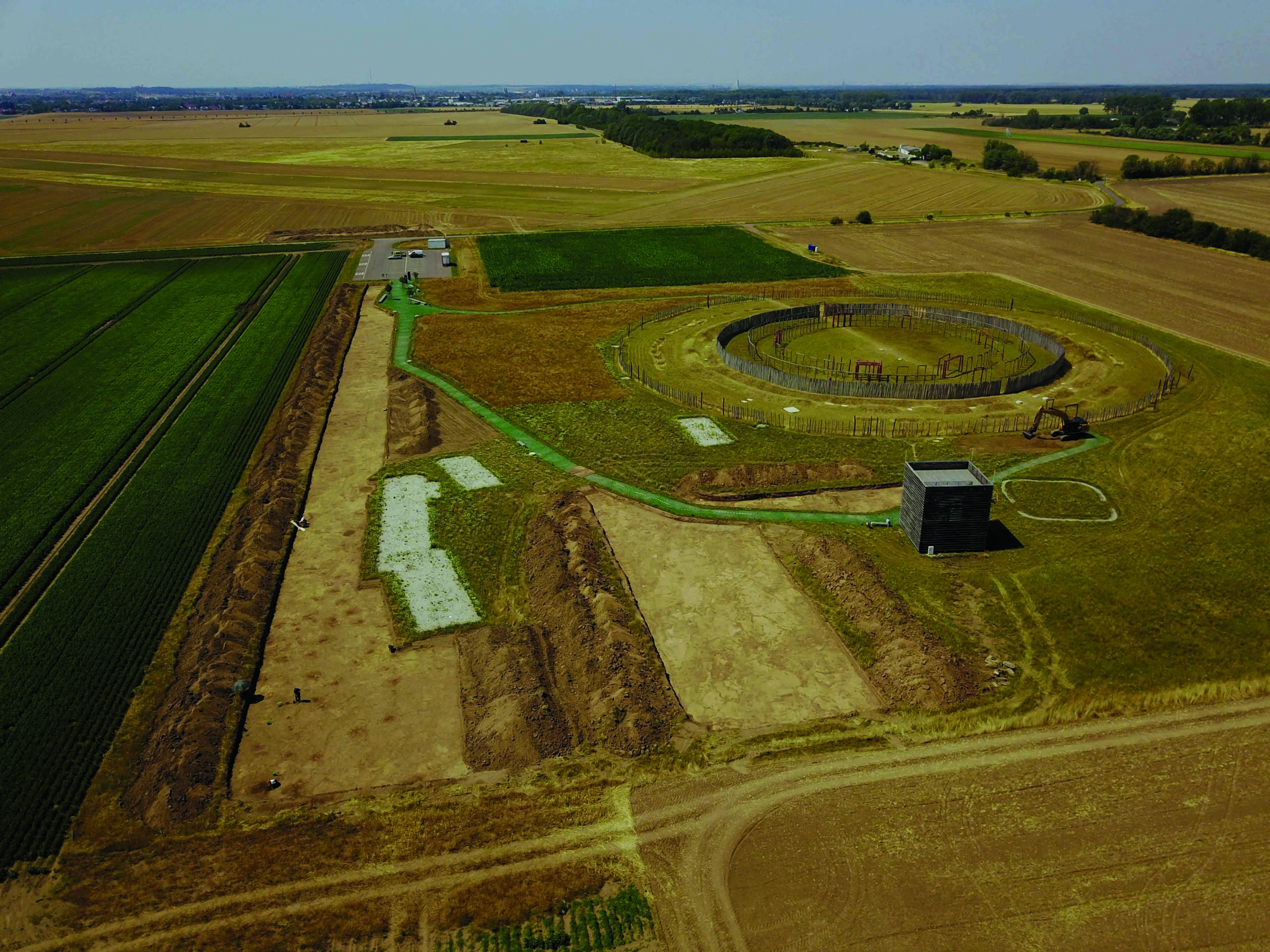
JERUSALEM, ISRAEL—According to a statement released by the Hebrew University of Jerusalem, a team of researchers including Yossi Zaidner of Hebrew University and Iris Groman-Yaroslavski of the University of Haifa suggest that U-shaped etchings on a 120,000-year-old piece of bone discovered in central Israel held symbolic or spiritual significance to the carver. The piece of wild cattle bone was recovered from a site that was probably used as a hunting camp, Zaidner explained. The researchers examined the six etchings, which were all made on the same side of the bone, with microscopic and 3-D imaging. Groman-Yaroslavski said the marks were deliberately carved by a right-handed person with a sharp tool made of flint, and were not the result of the butchery process. Instead, the etchings could reflect the hunters’ connection to their prey, added Marion Prévost of Hebrew University. To read about a barbed bone point that has recently been redated to 800,000 years ago, go to "The Bone Collector."










